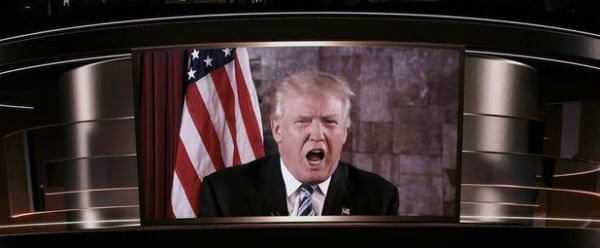The Guardian reports: Four helipads will cluster around one of the largest domes in the world, like sideplates awaiting the unveiling of a momentous main course, which will be jacked up 45 storeys into the sky above the deserts of Mecca. It is the crowning feature of the holy city’s crowning glory, the superlative summit of what will be the world’s largest hotel when it opens in 2017.
With 10,000 bedrooms and 70 restaurants, plus five floors for the sole use of the Saudi royal family, the £2.3bn Abraj Kudai is an entire city of five-star luxury, catering to the increasingly high expectations of well-heeled pilgrims from the Gulf.
Modelled on a “traditional desert fortress”, seemingly filtered through the eyes of a Disneyland imagineer with classical pretensions, the steroidal scheme comprises 12 towers teetering on top of a 10-storey podium, which houses a bus station, shopping mall, food courts, conference centre and a lavishly appointed ballroom.
Located in the Manafia district, just over a mile south of the Grand Mosque, the complex is funded by the Saudi Ministry of Finance and designed by the Dar Al-Handasah group, a 7,000-strong global construction conglomerate that turns its hand to everything from designing cities in Kazakhstan to airports in Dubai. For the Abraj Kudai, it has followed the wedding-cake pastiche style of the city’s recent hotel boom: cornice is piled upon cornice, with fluted pink pilasters framing blue-mirrored windows, some arched with a vaguely Ottoman air. The towers seem to be packed so closely together that guests will be able to enjoy views into each other’s rooms.
“The city is turning into Mecca-hattan,” says Irfan Al-Alawi, director of the UK-based Islamic Heritage Research Foundation, which campaigns to try to save what little heritage is left in Saudi Arabia’s holy cities. “Everything has been swept away to make way for the incessant march of luxury hotels, which are destroying the sanctity of the place and pricing normal pilgrims out.”
The Grand Mosque is now loomed over by the second tallest building in the world, the Abraj al-Bait clocktower, home to thousands more luxury hotel rooms, where rates can reach £4,000 a night for suites with the best views of the Kaaba – the black cube at the centre of the mosque around which Muslims must walk. The hotel rises 600m (2,000ft) into the air, projecting a dazzling green laser-show by night, on a site where an Ottoman fortress once stood – razed for development, along with the hill on which it sat.
The list of heritage crimes goes on, driven by state-endorsed Wahhabism, the hardline interpretation of Islam that perceives historical sites as encouraging sinful idolatry – which spawned the ideology that is now driving Isis’s reign of destruction in Syria and Iraq. [Continue reading…]
The construction of towering luxury hotels in Mecca seems to conflict with what can be described as the leveling effect for pilgrims performing the annual Hajj.
A 2008 Harvard study which compared attitudes of 800 successful Hajj lottery applicants from Pakistan, to an equal number of unsuccessful ones, found:
Hajjis have more positive views about people from other Muslim countries and are more likely to believe that different Pakistani ethnic and Islamic sectarian groups are equal and that they can live in harmony. Despite non-Muslims not being part of the hajj experience, these views also extend to adherents of other religions: Pilgrims are 22 percent more likely to declare that people of different religions are equal and 11 percent more likely to state that different religions can live in harmony by compromising over their disagreements.
Paralleling the findings on tolerance, hajjis report more positive views on women’s abilities, greater concern for their quality of life, and are also more likely to favor educating girls and women participating in the workforce.
Hajjis are also less likely to support the use of violence and show no evidence of any increased hostility toward the West. They are more than twice as likely to declare that the goals of Osama bin Laden are incorrect, more likely to express a preference for peace between Pakistan and India, and more likely to declare that it is incorrect to physically punish someone if they have dishonored the family. Hajjis also become more sensitive to crimes against women.
It thus seems that in many respects, the value of Hajj has less to do with the quality of accommodation available to pilgrims than it does with the avenues of access.
“These are the last days of Mecca,” Alawi tells The Guardian. “The pilgrimage is supposed to be a spartan, simple rite of passage, but it has turned into an experience closer to Las Vegas, which most pilgrims simply can’t afford.”



